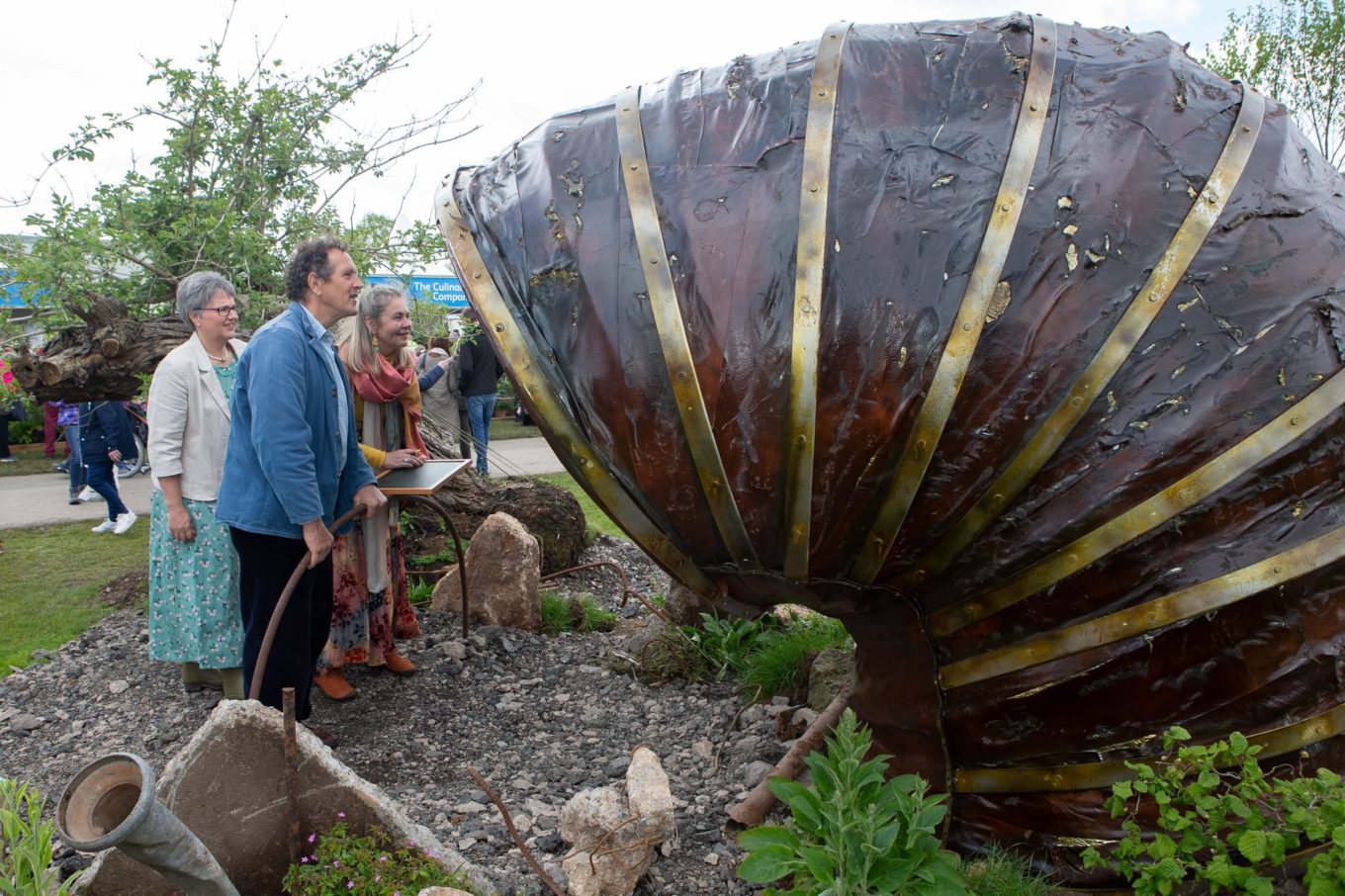I do not often collaborate with other people but the gardens I did for the RHS Malvern Spring Show 20219 are an exception. I was fortunate enough to work with the extraordinary wunderkind Professor Garibaldi Acronyx. He is, as I am sure you know, the undisputed world authority on phehistoric vortex theory. The professor, who is of Italian/Macedonian heritage and currently holds the position of Professor emeritus in anthropo-archaeolgy at Milan University, He came to Malvern under extraordinary circumstances. Below is an extract from his paper (published by the University of Milan early in 2019)
“In September 2018 some essential maintenance work was begun at the Three Counties Showground. This involved the replacement of various drains and ducts – nothing unusual. One Tuesday morning the groundwork crew, Tom Masters and Kelvin Crowe, uncovered a large shaft that seemed to disappear into the very bowels of the earth.
The shaft was lined not in stone or brick but with a rough leathery material bound together with iron bands. Neither of them had ever seen anything like it before: they lowered a plumb line but ran out of cord before reaching the bottom. There was the rumble of distant sound and an odd rusty smelling miasma.
They could have just filled it back in and carried on were it not for the fact that Kelvin had read widely of the history of Malvern. He recalled a rumour that many centuries ago the whole of Britain was connected by a network of ancient tunnels.
These were supposed to have run from Devon (when it was settled by the Dumnonii) to the Lincolnshire wolds via Bristol, Coventry, Peterborough and Malvern. All this was recorded by the Mercian monk Englemund but most modern historians had dismissed it as ill considered nonsense. Kelvin, thank goodness, would not let it lie and, after making enquiries, was put in touch with me, Professor Garibaldi Acronyx.
I came to Malvern with a team of investigators and confirmed that this was indeed a remnant of the ancient tunnel system. The tunnels were dug so deep that the magnetic forces generated by the earth’s core allowed objects to be transported at speed from one side of the country to another. It is thought that it was unlikely that they were ever used to transport people as the strain on the body would be too much – Englemund writes of some gruesome experiments conducted using slaves and swine – however they could have been used to transport messages between allied tribes.
I spent three weeks on the site and garnered a great deal of invaluable data before the site had to be covered in time for the show season.
My intention is to return to Malvern to conduct further research with the ultimate aim being to open all these tunnels again and to, hopefully, find a modern use for this ancient technology.”
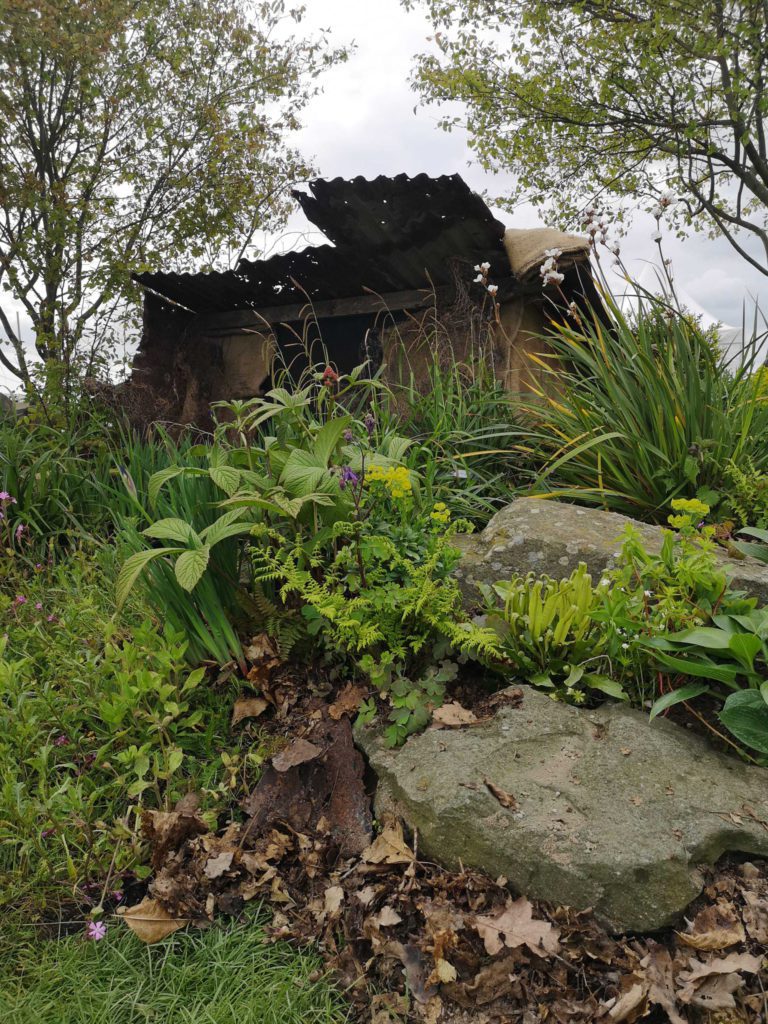
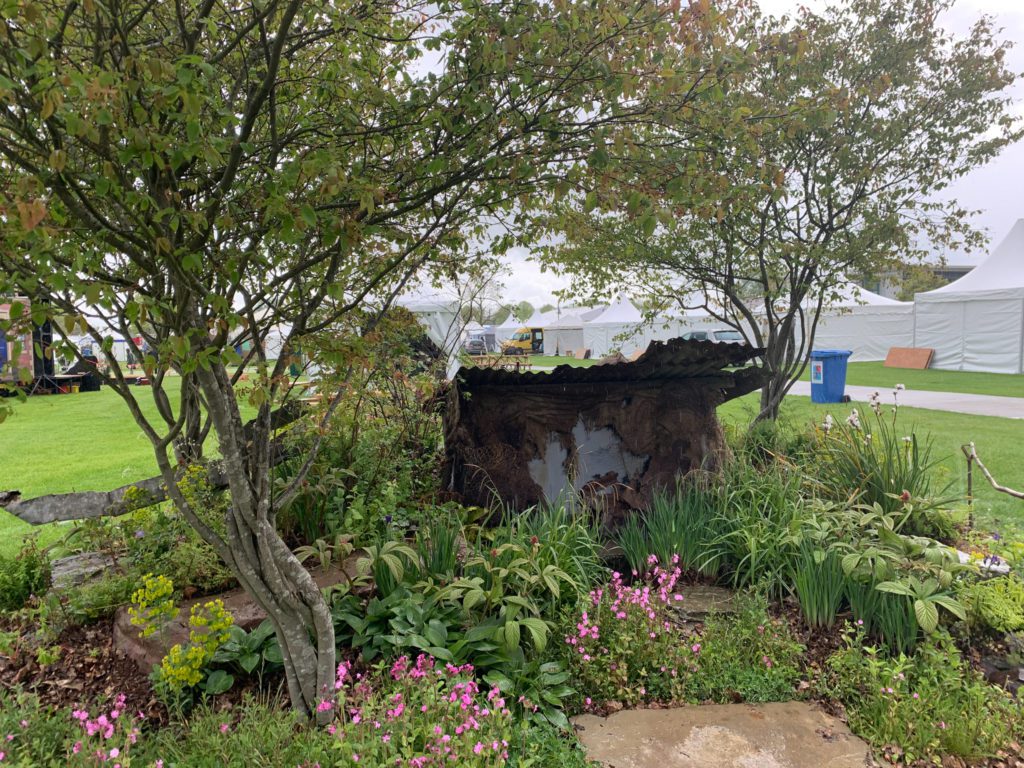
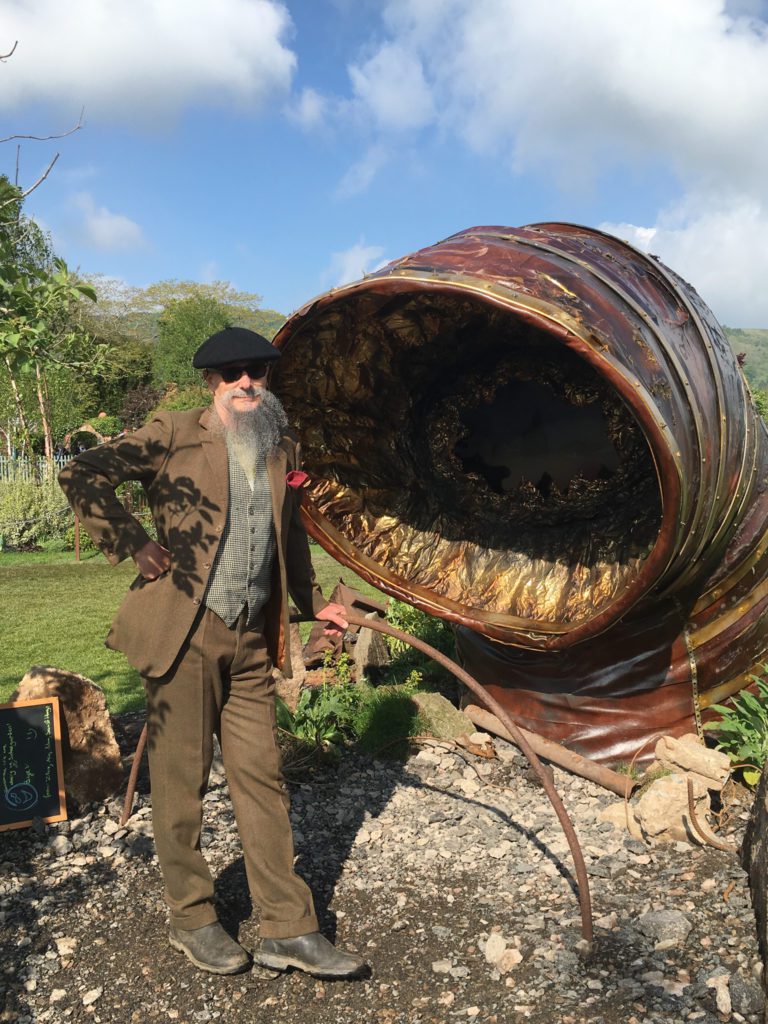
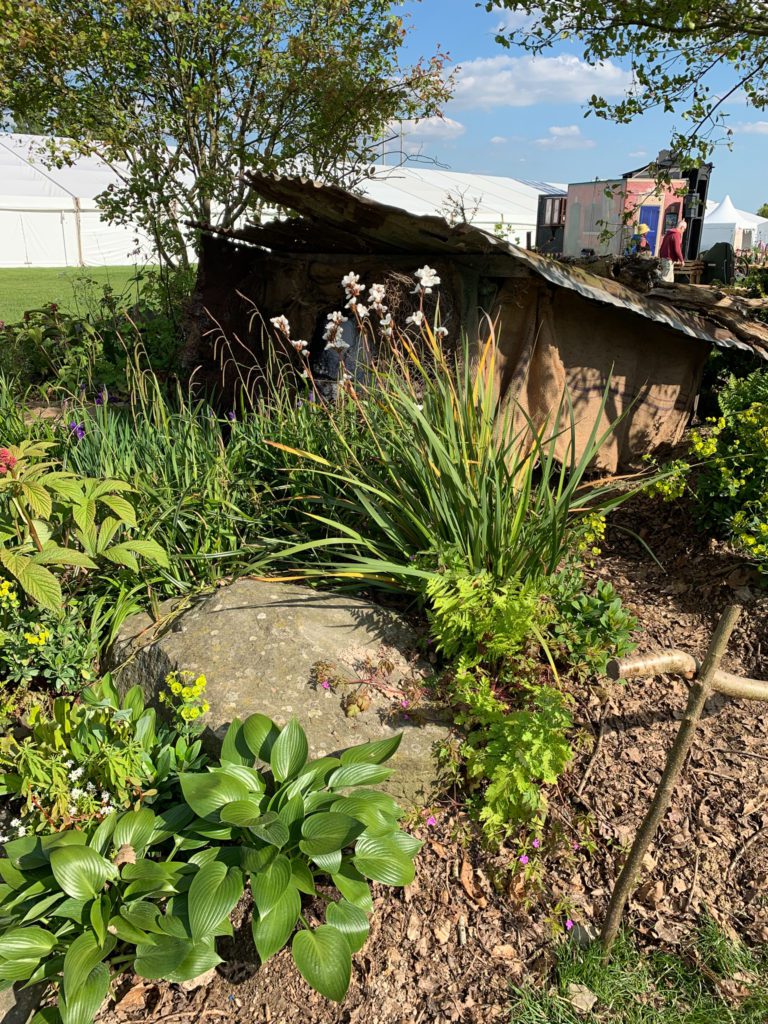
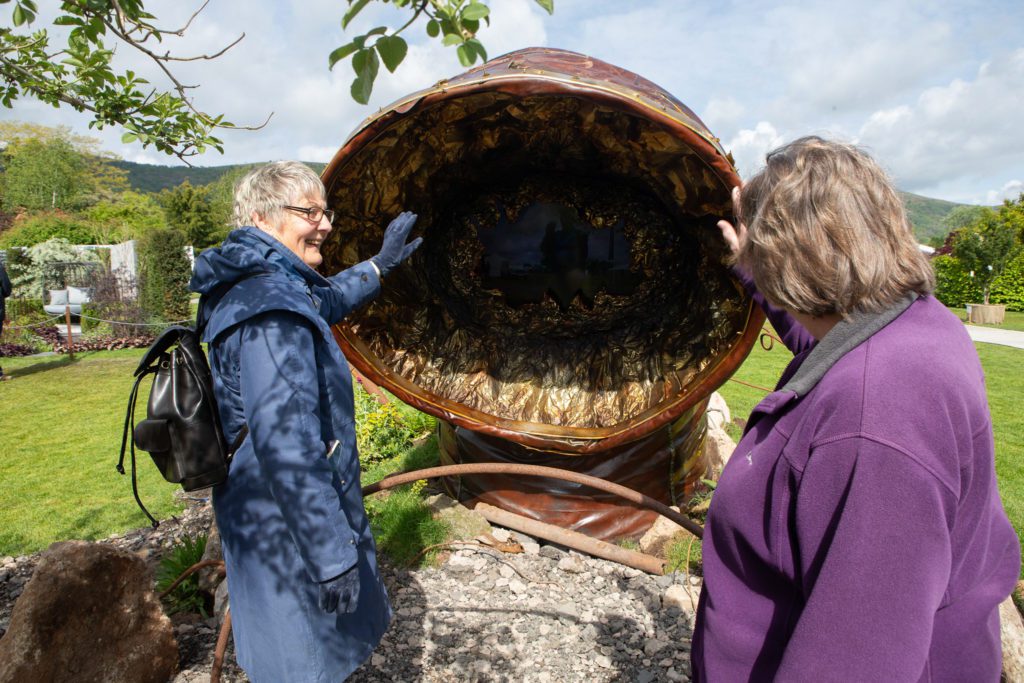
However, in the meantime, he agreed to help create two gardens at the Malvern Spring Festival 2019 to encourage people (and governments) to think laterally when considering modes of transport. Rather than building new roads, railways or airports we could take a leaf from the example set by our forebears. They had no recourse to fossil fuels or nuclear energy but did extraordinary things using just the power of the earth.
The first garden is a simple garden which gives a glimpse into an ancient shaft – similar to the shafts that, presumably, provided access to the tunnels all those centuries ago.
The other is more of a recreation of what was a seen by the professor when he first visited Malvern. A length of the shaft had been roughly torn from the ground and brought to the surface along with the debris of ages. This garden is wilder and altogether more violent.
The two gardens are connected using a fusion of modern and ancient. Ethernet cables and video technology may be involved but the power needed for these 21st century gizmos has possibly been generated by harnessing the prehistoric forces beneath our feet. Stand in one garden and you will be connected to people doing the same thing in the other garden.
The Telectroscope was a lens to both the ancient and mystical past and, hopefully, a bright tomorrow.
